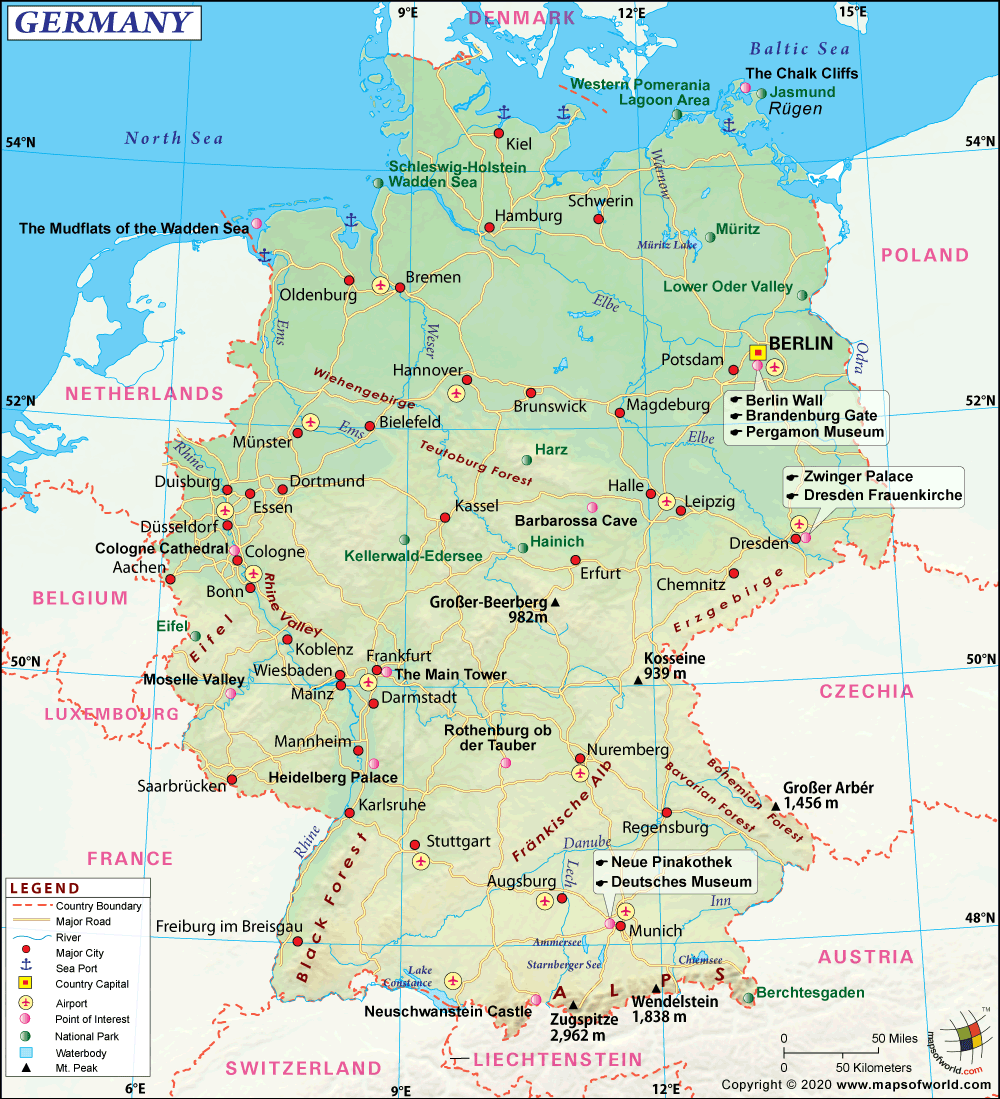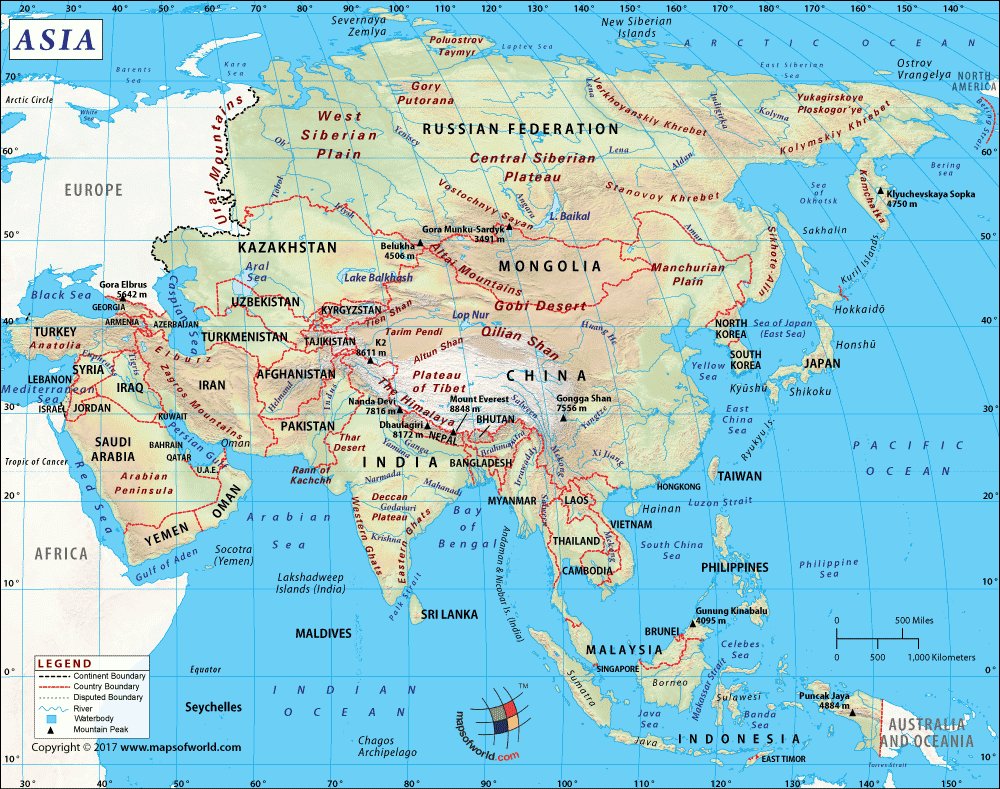Who were Neanderthals?

Now extinct, Neanderthals were once a hominid species (a category that encompasses humans, chimpanzees, gorillas, and orangutans at present). They are also considered closest in resemblance to modern humans. Particularly skilled at hunting big Ice Age animals, they lived mainly in parts of Asia and Europe. Even today, many humans have Neanderthal DNA, though in small proportions. Scientists have not yet figured out as to exactly why they disappeared, but there are many theories circulating around the subject.
When was the First Neanderthal Fossil Discovered?
The first ever Neanderthal fossil was found in 1829. It turned out to be a Neanderthal child’s skull found in a cave in Belgium. However, it took decades before it was officially recognized as a Neanderthal fossil.
The first Neanderthal bones were discovered in 1856 by quarry workers, while working in Neandertal’s Feldhofer Cave. Neandertal is a valley of the river Düssel, located near the German city Düsseldorf. Though the Neanderthal skull was very much like a human’s, anatomists puzzled over the bones and skulls for a long time. The skull had wide nostrils and bony brow ridge. Also, the body of a Neanderthal was shorter and stockier than a human’s.
German anatomist Hermann Shaafhausen stated in his 1857 paper that the fossil found is of a “savage and barbarous race of ancient human.” Irish geologist William King, seven years later, concluded that the skull was not of human but of a different species. He named it Homo neanderthalensis.
What were the Major Characteristics of Neanderthals?
The fossil evidence collected so far points towards the likelihood that, like early human beings, Neanderthals too made tools from bones and stones. This included scrapers, hand axe, and small blades. They also used these to remove fat and flesh of animal skin. They were highly adept at killing big large animals, such as woolly rhinos and mammoths. Although not much is known about their customs and culture, there’s some evidence which suggests that they might have created artwork, made ornamental objects, buried their dead and even used fire.
As per the genetic analysis, Neanderthals are believed to have had very limited interaction with others. They preferred to live in isolated small groups. It has also been discovered that Neanderthals’ brain was bigger than the size of modern human brain. However, that is not suggestive that they were smarter than modern human beings. According to a recent study, the major portion of their brains was dedicated to motor control and vision. This would have been of great use during their hunting activities with their stocky frame. They also had little brain space for areas that control social interactions and thinking, which is a marked characteristic of modern humans.
The Proliferation of Neanderthal DNA
Today, most researchers agree that Neanderthals and humans did interbreed. However, most are of the opinion that the mating between them happened rarely. Nonetheless, the intercourse between the two species introduced a small portion of Neanderthal DNA into the gene pool of humans. At present, those who live outside of Africa are considered to have traces of Neanderthal DNA. People of Asian and European descent are believed to have about 2% Neanderthal DNA. There’s little to no Neanderthal DNA found in the indigenous Africans. This is mainly because the two species never met. Neanderthal genes continue to influence certain traits in today’s humans, such as sleeping patterns, skin tone, and hair color.
How Did the Neanderthals Become Extinct?
Neanderthals went extinct about 5,000 to 10,000 years after they first met Homo sapiens. Research suggests that they disappeared about 40,000 years ago in Europe. Several theories have been put forward over time regarding their extinction.
One theory suggests that since the climate grew colder about 40,000 years ago, it turned most of Asia and Europe into a treeless landscape. Neanderthal preys like woolly mammoths then must have shifted towards the south, leaving no source of food for Neanderthals. Humans, on the other hand, survived the new harsher climate owing to their diverse diets and long-distance trade networks.
Other scientists believe that Neanderthals gradually went extinct as they interbred with humans. Over the span of a few generations, Neanderthals might have got assimilated into the human race.
Other theories suggest that modern humans could have unintentionally terminated Neanderthals with a disease they brought from Africa. Neanderthals might have lacked immunity for such a disease. There’s also a theory that modern humans violently killed Neanderthals. However, there is no archeological evidence supporting the killing of Neanderthals by humans.
Related Links:



